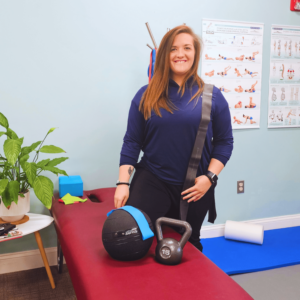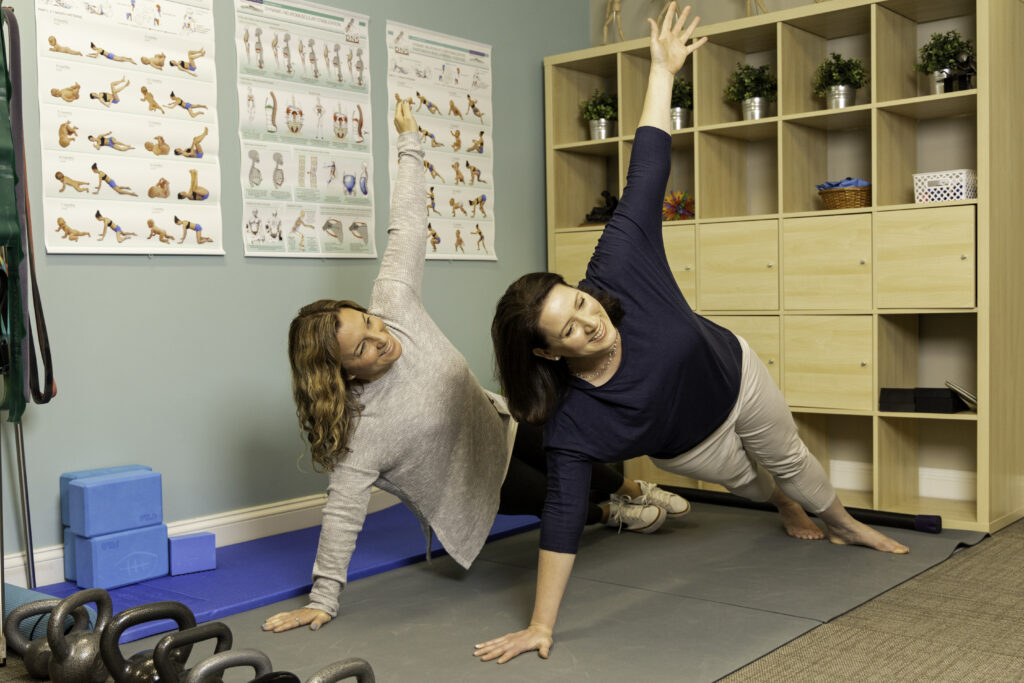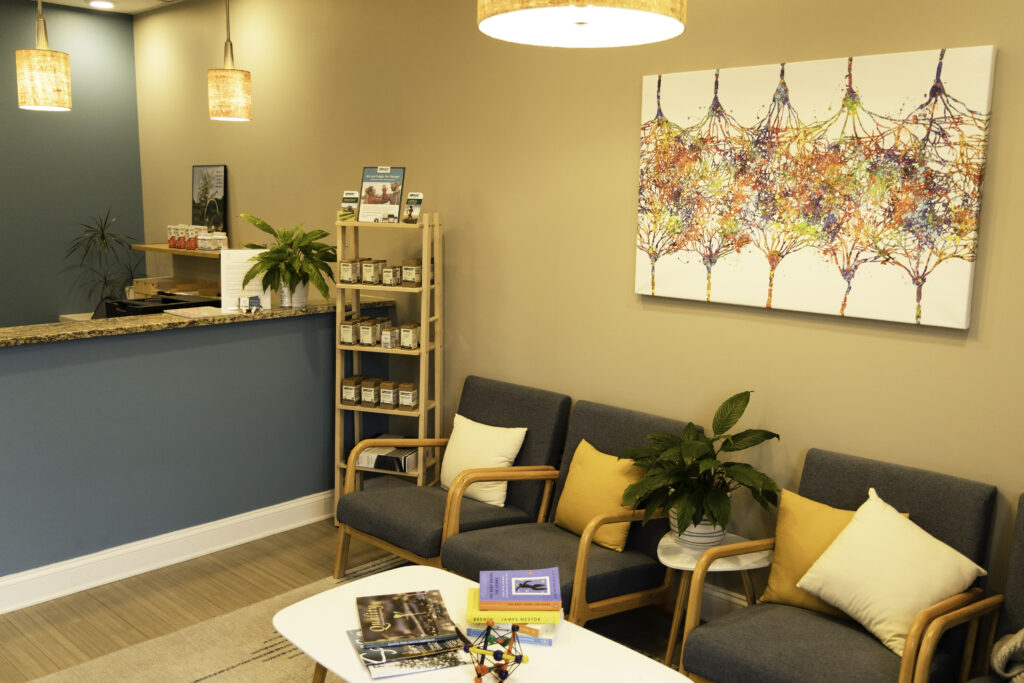Good posture is essential for a variety of reasons — it not only reduces strain on our spine, it helps improve breathing, muscle strength, balance, and coordination. Sitting and standing with good posture generally allows your body and brain to work more efficiently, with less fatigue and strain.
Even children can be affected by poor posture habits – especially if they have to spend the majority of the school day sitting in a chair. Being aware of good posture is the first step to breaking old poor postural habits and reducing stress and strain on the spine.
Good vs. Poor Sitting Posture
A good sitting posture should feel relaxed…includes keeping the chin level, making sure the shoulders are down, sitting with a curve in your lower back and sitting with your hips, knees, and ankles at right angles, with the thighs level with knees.
A poor sitting posture includes a chin that is jutting forward. hunched shoulders, sitting with your spine in a ‘C’ or slouched shape (this puts your back under strain), and sitting with your knees lower or higher than your hips.
Home-schooling and Virtual Learning Affect Posture
Since many students are having to participate in virtual learning, they are often spending more than 6 hours a day sitting at a computer. It is important that they have a proper setup at home that helps them maintain a good posture.
Proper posture and frequent breaks for movement and exercise are equally important. Here are some ergonomic tips to help your student maintain a good posture while learning, as well as some advice on how to make sure they keep moving.
- Use the right size, supportive chair – We recommend using a child-size, supportive chair. A chair that is too big will not provide proper support. If the chair is too big for your child, use pillows to support their back and a stool or pillows to support their feet, so the head is in a neutral position. This is also called the 90/90/90 position.
- Try the “Tall Kneeling” Position – Have your student use the Tall aka Half Kneel position. They kneel on the floor with their laptop placed on a lower surface such as a coffee table. This is also a great way to simultaneously engage the abdominal core.
- Use a Peanut or Therapy Ball – A peanut or therapy ball is great for kids who need to move more often, become restless or just need to sit in a different position.
- “Tummy Time” on the Floor – Try having your child place their laptop on the floor and lie on their stomach. This allows your child to take a break from sitting slouched in their chair. This position is also great for proprioceptive input that stimulates balance and coordination reflexes. It also improves breathing and upper body strength. .
- Keep the Laptop at Eye Level – Whatever position your student is in, the computer should ideally be at eye level so they don’t have to strain their neck to look at the screen. If their neck is flexed all the time it will create issues with their neck and spine that often leads to headaches and eyestrain, so it’s important for the neck to be in a neutral position.
- Breaks for Movement and Exercise – It’s very important for your child to move between classes. It is not natural for children to sit all the time, so make sure they have opportunities to move, even if it’s only for a few minutes. Encourage them to do some simple movements and stretches and during longer breaks, make sure they get some fresh air and exercise. They could go for a walk or run, jump rope or play a ball game. You could even do a dance party outside or in your living room! Whatever gets the body moving and the blood circulating is very important for your child’s physical as well as mental health.





